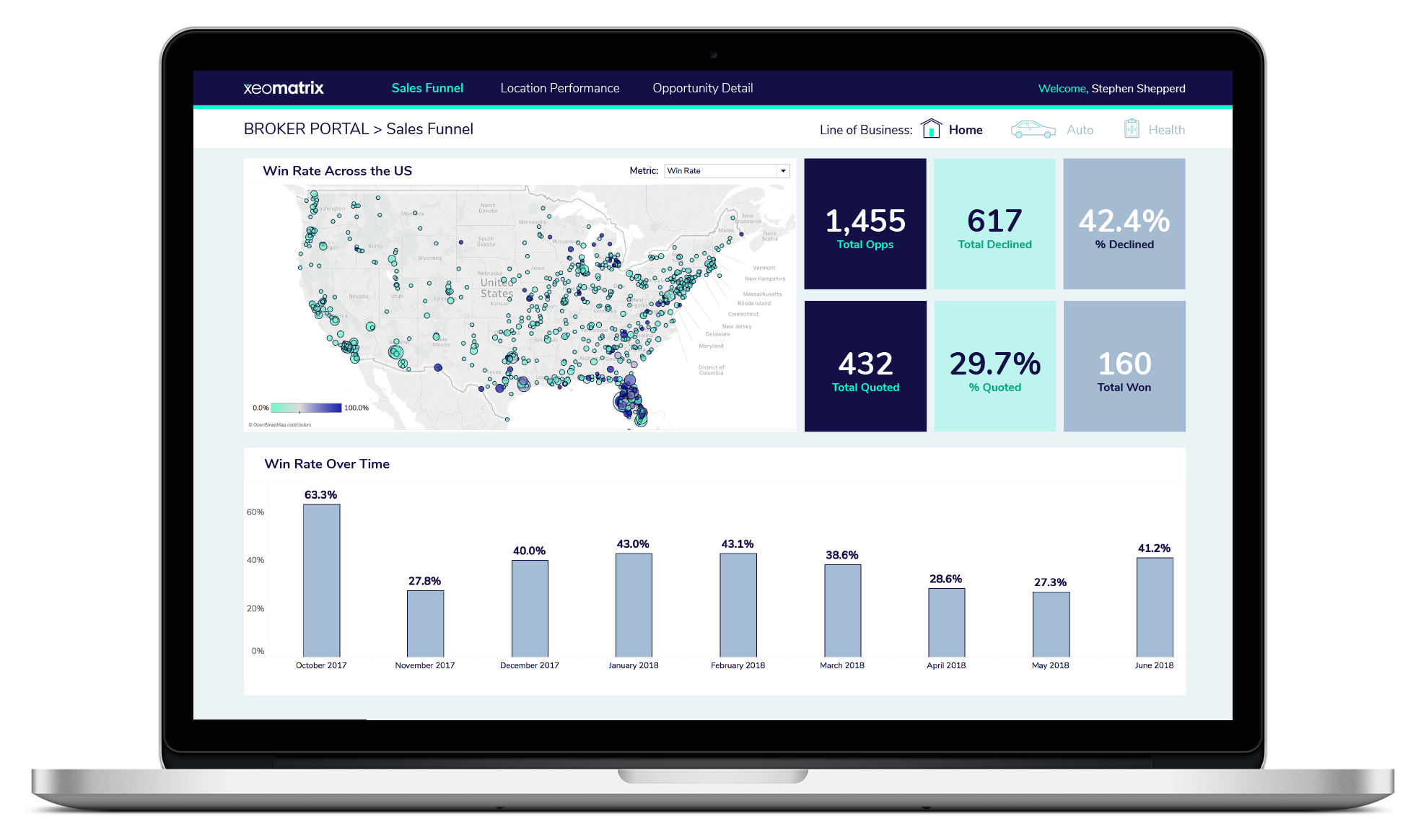As the pace of business continues to accelerate, business intelligence has quickly evolved to meet the needs of data-hungry users. Modern business intelligence tools have opened the door for self-service analytics and brought data reporting to the mainstream. But how do you know if it’s time to make the switch to a more modern set of tools?
In this article, we will discuss the differences between traditional and modern BI, and how you can use modern BI tools to maximize your data.
What Is Business Intelligence?
BI, or business intelligence, refers to a range of tools that analyze data sets and transform that data into valuable insights and visualizations about the current state of a business.
Organizations can use the information gathered from BI tools to create strategies and make decisions for the future.
Traditional vs. Modern Business Intelligence
Traditional business intelligence is where IT professionals create reports to support and answer questions for others within the organization. These teams or departments are commonly called “report factories”. Traditional BI requires hands-on work to receive insights from traditional BI sources.
Organizations typically use traditional BI because they have not upgraded their legacy platforms and have not invested in modern self-service analytics.
Modern business intelligence allows users to interact with more intuitive systems and explore visual data without relying on IT professionals. Modern BI tools are automated and give instant insights into the current state of the company.
Organizations can use modern BI tools for quick insights into their data, instead of waiting for IT professionals to generate the reports. In this case, end users can perform their own analysis.
Is Modern BI Right for Me?
Many organizations have already implemented modern BI practices, but others aren’t completely sold. The worry of costs, data governance, and implementation have prevented them from modernizing their BI.
While the cost of migrating to a modern BI solution is certainly something to consider, the value of interactive self-service tools outweighs the time and costs for implementation.
Modern BI Saves Time
Traditional BI relies on IT professionals to gather requirements, data sources, and create a databases or dashboards that others can access for answers.
With modern BI tools, users can find answers to their questions on their own. Data become democratized and users can perform ad hoc analysis. Embedded dashboards and portals allow users to search for and review data online.
This effectively streamlines daily workflow but cutting down on unnecessary communication and frees up time for all users, allowing them to focus on other projects and aspects of their work.
Modern BI Empowers People
As humans, we are naturally curious about the unknown. While traditional business intelligence limited the amount of knowledge users had access to, modern BI is all about exploration.
Now, users can discover new insights, interact with data in new ways, and share it with others, all on their own. This freedom empowers people and fosters a feeling of self-sufficiency and passion for their work.
Modern BI Creates Community
Modern BI allows data to be easily shared and reviewed, simplifying the community-building process and demonstrating the value of data for continued growth and success.
Your business community can come together to make decisions and strategize for the future based on shared data. The common goal of growth creates a sense of belonging and reinstills company pride in your organization.
It’s Time to Modernize Your Data
If you’re still on the fence about modernizing your analytics, we have news for you: making the switch to modern BI is the key to building a data-driven culture.
A your business continues to evolve and grow, you’ll need a modern business intelligence strategy to meet the needs of organizations. Continuing with traditional BI isn’t the solution.
So, are you ready to take the plunge? Contact us at XeoMatrix to get started with your modern business intelligence strategy today.

